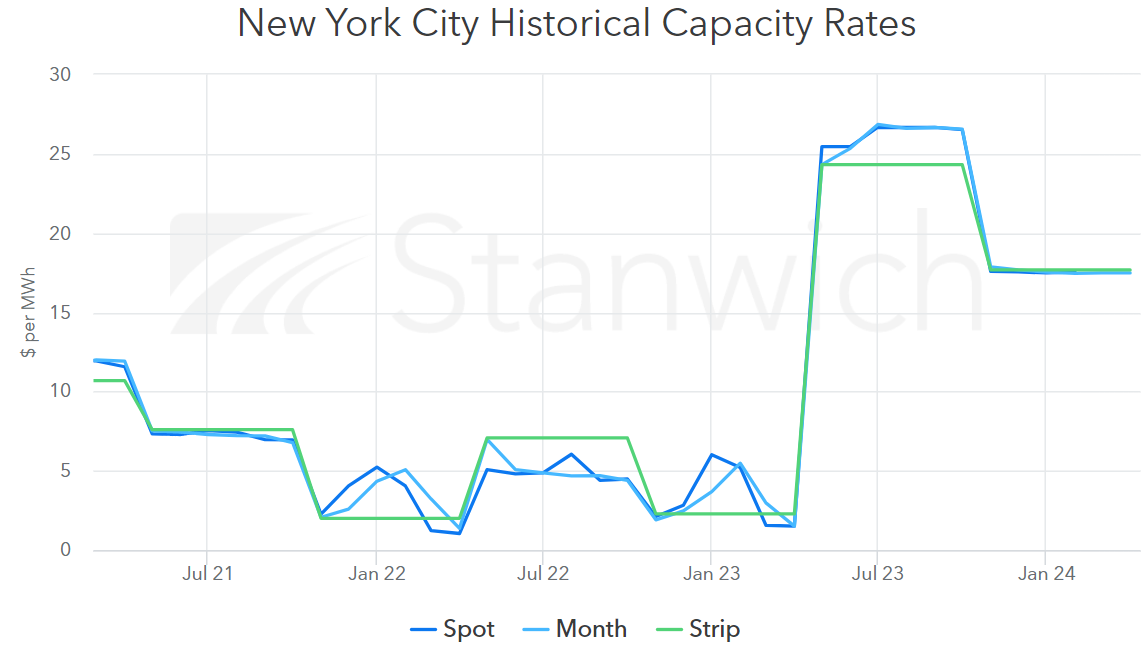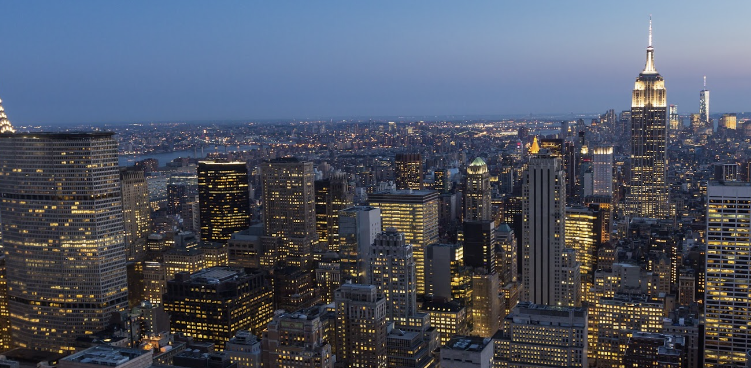Explore Other Resources
Subscribe Today!
The Peaker Rule: Shaping Current and Future Capacity Costs in New York
The Peaker Rule in New York, designed to decrease emissions from the state's oldest power plants, has already made a significant impact on energy consumers. Spearheaded by the Department of Environmental Conservation, this regulation prioritizes cleaner air, public health, and sustainability. While it may initially increase costs for consumers, the long-term benefits are expected to outweigh the short-term challenges. This blog post delves into the immediate and lasting effects of New York's transition towards stricter emissions standards and a more environmentally friendly future.
In 2019, New York took a bold step towards cleaner air and public health with the introduction of the Peaker Rule by the Department of Environmental Conservation (DEC). This regulation targets the state's oldest, most inefficient power plants, demanding they meet stringent emissions standards. As these plants power up during peak demand times—think sweltering summer days or frigid winter nights—they face a choice: invest in cleaner technologies or shut down.
The Cost of Clean Air
Fast forward to the first quarter of 2024, and the effects of New York's energy policy shift are already tangible. Electricity consumers across the state are feeling the pinch, with noticeable increases in capacity charges on their bills, particularly during the peak demand periods of winter and summer. These charges, which have surged by as much as $0.025 per kilowatt-hour (kWh), are pivotal for ensuring power availability when it's needed most. As power plants navigate their new reality under stricter emissions standards, this transition is not only steering New York towards a greener future but also bringing its share of challenges. Capacity prices are now higher in both winter and summer, with the potential for even higher increases in future seasons. Amidst this shift, the energy sector's adaptation to a cleaner mix of generation sources is introducing a period of market volatility, characterized by fluctuating prices, as we move towards sustainability.

A Greener Horizon
Despite the sting of rising costs, this pivotal move aligns with New York's ambitious climate goals, including a zero-emission electricity sector by 2040. The short-term financial impact on consumers underscores a significant shift towards a sustainable, cleaner energy supply with long-term benefits for all.
As we navigate this evolving energy landscape, staying informed and proactive is key. This transition offers an opportunity to engage with New York's journey towards sustainability, understanding the challenges and embracing the cleaner, more affordable energy future on the horizon.
For additional information please contact us to schedule a quick call.
